Media | Articles
10 of our favorite Ford V-8s
2023 marks 120 years since Ford Motor Company was founded—on June 16, for you history buffs—and 20 years since Ford built its 100,000,000th V-8 engine. Since then, the company has made an increasing commitment to smaller, forced-induction engines. However, it certainly hasn’t given up on the V-8: The Blue Oval produced some of its best in the last 10 years.
Ford Motor Company’s 120th is a great time to look back at the company’s long history of building powerful V-8s, engines that won races, won customers, and even won wars.
Here are our favorite Ford engine families, with some standout models worth celebrating.
Flathead
1932–53 and beyond

This is where it all started. The Flathead wasn’t the world’s first V-8, and, with just 65 horsepower, it wasn’t the most powerful engine on the market in 1932, either. However, when the beautiful lines of the Ford Model 18 were met with the power of the compact Flathead V-8, the automotive world reached a milestone.
It’s hard to overstate the importance of the Flathead: In its wake, a whole industry of hot rod parts sprang up to feed racers’ need for speed. Even though the engine was phased out in the United States in 1954 in favor of the Y-block, the Flathead lived on elsewhere, notably in France and Brazil, where it was manufactured under license for passenger-car use into the ’60s. Even today, vintage hot-rod enthusiasts use the engine to power land-speed cars in classes that use the vintage castings—modern overseas castings aren’t allowed by the Southern California Timing Association.
Marketplace
Buy and sell classics with confidence
GAA V-8
1940–1960
Before the U.S. entered WWII, Ford began developing its own spin on Packard’s version of the Rolls-Royce Merlin V-12. The powerful Packard Merlin V-12s, supercharged for aircraft use, would be used in some of the most successful fighters of WWII, including the Supermarine Spitfire and North American P-51 Mustang. Unlike Rolls or Packard, Ford never built a V-12 for aircraft; it engineered the powerplant for tanks.
Ford developed a V-8 using the architecture of the Packard V-12 and the same 5.4-inch bore and 6-inch stroke. The result was a 1000-cubic-inch monster that served in a number of tanks and tanks destroyers such as the M4A3 Shermand and M10. Ford’s 500-hp V-8 was compatible with the same vehicles that used a pair of GM diesel engines. Ford did build full, V-12 versions of the engines for large tank prototypes toward the end of the war, but those twelve-cylinders never reached production.
By the way, these mid-century, DOHC engines use flat-plane crankshafts, so don’t let anyone tell you that the screaming 5.2-liter Voodoo was a first for Ford.
MEL
1958–67

Was there a better way to christen Ford’s newly minted Mercury-Edsel-Lincoln (MEL) division than with its own V-8 engine? Much like GM’s Buick, Oldsmobile, Cadillac, and Pontiac divisions, Ford decided MEL could have an engine significantly different than the FE (Ford-Edsel) engine introduced at the same time. While the MEL V-8 shared some internals (like oiling components) with the FE, the MEL was a shockingly unique design with “flat heads” that differ from those of the original Ford V-8.
Like its contemporaries, the MEL was an overhead valve design. However, while most engines of the era had cylinder heads with a combustion chamber machined into them, the MEL sported a space between the piston and the top of the cylinder’s bore, like Chevrolet’s W-series big-blocks did. From some angles that combustion chamber looks like a triangular wedge, not unlike the grille of the star-crossed Edsels that represent the “E” in MEL. Which clearly foretold a short and sad future for this engine.
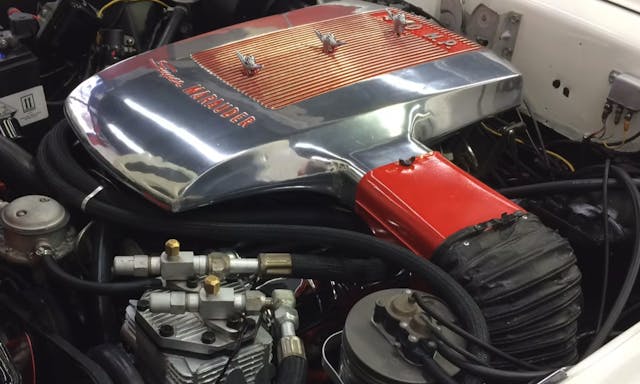
For one shining moment, the MEL was the head of its class. The Super Marauder engine for 1958 sported three carburetors, an aluminum air cleaner, 430 cubic inches of displacement, and a shocking output of 400 horsepower. This was the first production engine to reach the magic horsepower number of 400, but Ford detuned it in 1959 and subsequently gave up the throne to other manufacturers. While Ford wised up and consolidated both its engine and vehicle-brand lineups, the loss of the MEL could only be eased by future big-block Ford V-8s.
FE
1958–76
Though Ford’s FE engine was built to power mid-size cars and light trucks, it evolved into several vastly different race-winning combinations. Initially launched as a 300-hp, 361-cubic-inch Edsel powerplant (FE stands for Ford-Edsel), the FE soon spread to Ford models in 332- and 352-cubic-inch displacements. However, you’re probably familiar with some of the larger displacements.
Ford’s 1-2-3 finish at the 1966 24 Hours of Le Mans came from three 427 FE–powered GT40s. The 390 that powered Lieutenant Frank Bullitt’s 1968 Mustang fastback was an FE. Shelby’s legendary 427 Cobra used an FE. Not bad bona fides for a performance V-8.
While Ford was already doing well in ’60s NASCAR competition against Chrysler’s 426 Hemi with their wedge FE cylinder heads, they still decided to get into the hemi game. It developed a single-overhead-cam version of the 427. The 427 SOHC was unfortunately banned from NASCAR competition but the few that were built saw use at the dragstrip.
From NASCAR superspeedways and NHRA drag strips to the Mulsanne Straight, the FE found success and brought home championships. It still has a niche aftermarket following and can be built into a formidable street or race engine.
Windsor
1960–2002
Ford’s compact OHV V-8 of the ’60s lived long enough to survive the malaise era and, as EFI took over for carburetors, the engine breathed life into a resurging performance market. We can’t pick one favorite from this fruitful family, which earned its nickname from its Canadian city of origin. K-Code 289s made a potent, high-winding package for early Mustang and Shelby GT350 road racers, and 1986’s sequential port fuel-injected 5.0 kicked off a performance industry of its own—who doesn’t love that fantastic, long-runer intake? In between those bookends is the yeoman 351, which served well in cars and trucks for decades.
Windsor V-8s were produced into the 21st century and used in Ford trucks. The Explorer was one of the last to use the engine, getting one of the best factory versions of the 302 using a potent set of heads that are prized by junkyard scroungers.

335 Series, aka Cleveland
1969–82
If you thought we forgot about the Boss 302, don’t worry. Known to enthusiasts as the “Clevor,” the famed Mustang Boss 302 engine was a melding of Windsor (bottom end) and Cleveland (top end). The two mills have the same bore spacing, so swapping on the big-valve Cleveland heads wasn’t a major undertaking. It was those free-breathing heads that made the engine special, so we’re including it here.
Although short-lived, the Cleveland engine family has a devoted aftermarket. The 351 and 400 engines in particular have great performance potential. The 10.297-inch deck height of the 351M and 400 Cleveland blocks makes it possible to drop in crankshafts with longer strokes, making either of these Clevelands a better candidate for a high-displacement small-block build than a 289 or 302 Windsor, each of which has a standard deck height of 9.2-inches, or even the 351 Windsor, whose deck height ranges from 9.48 to 9.503 inches (it grew taller in 1971). Ford fans in Australia love the Cleveland engine and some of the best aftermarket parts for these engines come from down under.
Indy V-8
1963–71
Lotus cars powered by Ford V-8s were some of the best-looking Indy cars of the 1960s. Displacing 256 cubic inches, the DOHC 90-degree V-8 was built to rev, and it sounded amazing. Its hot-V layout placed the intake runner between the camshafts and the exhaust ports in the valley between the heads, making for a beautiful exhaust system that was only practical in a mid-rear-engine design. In 1965, Jim Clark’s Ford-powered Lotus became the first mid-rear-engine car to win the Indianapolis 500, ending Offenhauser’s 18-year win streak.

385 Series
1968–98
Like the large-displacement big-blocks of Ford’s competitors, most of the 385 Series V-8s found their way into heavy passenger cars or 3/4- and 1-ton pickups, a workhorse role they filled into the 1990s, when the 460 V-8 was installed into scores of Super Duty trucks. However, the 385 Series—so named because of the 460 V-8’s 3.85-inch stroke—also gave birth to the 429 V-8, which used the same big, 4.36-inch bore but paired it with a 3.59-inch stroke.
The Boss 429 used the same bore and stroke combination but added monster heads with huge valves. Rather than placing all of the valves in a line, which is typically the case in wedge-shaped combustion chamber heads—shown below, on the left—the Boss 429 used hemispherical combustion chambers with valves canted away from each other. These rare V-8s are valuable collector’s pieces today, but aftermarket heads are now available to get the look and performance using a standard 385 Series bottom end.
Modular
1991–present
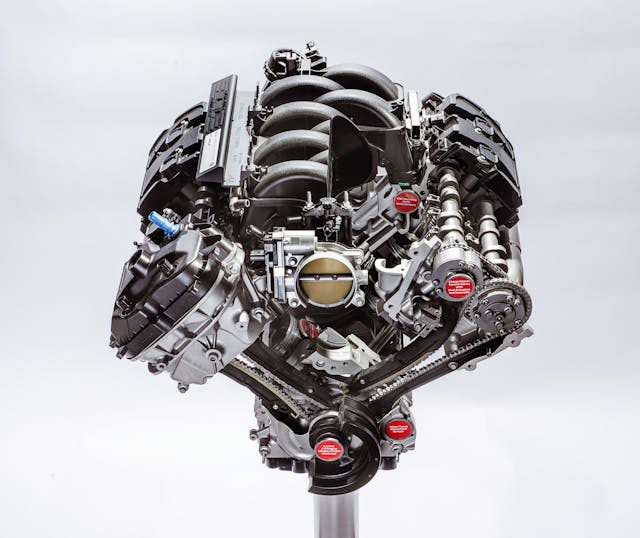
Plenty of Mustang enthusiasts were sad to see the 5.0 get replaced by the 4.6-liter two-valve, and we can’t blame them. When it launched, the Modular engine family didn’t have the huge aftermarket that the popular 5.0-liter Mustang GT had helped cultivate. In time, however, came better performing heads with three and eventually four valves per cylinder as well as increased displacement. The four-valve 4.6-liter was a solid performer, and plenty of drag racers have done impressive work with them, but it was the 5.0-liter Coyote that really cemented the Modular’s legendary status.
The 5.2-liter Voodoo engine found in the GT350 was the peak of naturally aspirated Modular performance at 526 hp. Swapping its flat-plane crank for a cross-plane piece and adding a massive supercharger created the 760-hp Predator engine found in the GT500. To this day, the Predator is Ford’s most powerful production engine.
Godzilla
2020–present
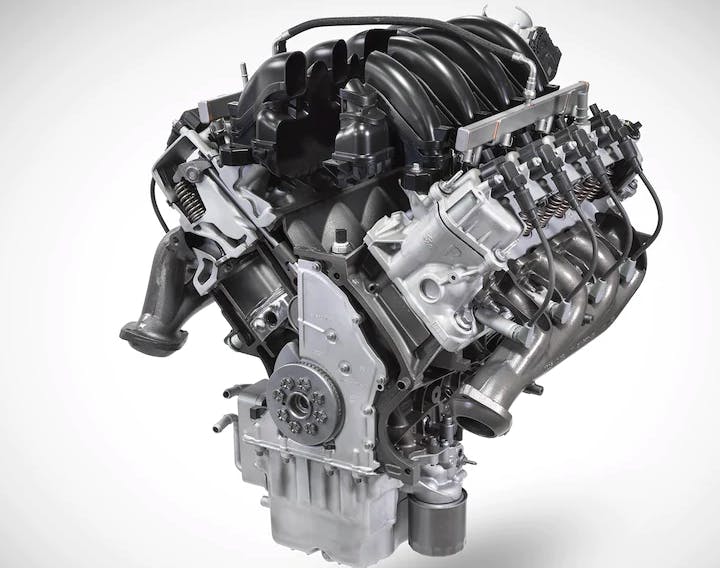
Ford has been all-in on OHC engines for passenger cars for decades, but it knew gasoline trucks need large displacement engines for making plenty of torque at low speeds. As the venerable 6.8-liter V-10 and 6.2-liter “Boss” SOHC V-8 were being phased out, a replacement was in order.
Enter “Godzilla,” a 7.3-liter monster that brings modern cylinder-head flow and precision manufacturing to a pushrod, two-valve V-8. In crate-engine form, it produces 430 hp and 475 lb-ft of torque. It is the largest V-8 currently produced by Ford and yet it has 4.53-inch bore spacing, meaning Godzilla is more of a small-block than a big-block.
We’re not sure how the aftermarket will respond to this engine, as it will be built in relatively low-volume due to its limited truck applications. That said, it’s still a big V-8, and all the usual hot-rodding tricks—like camshaft upgrades, cylinder head porting, and bolt-on exhaust headers—apply. We’re looking forward to seeing more of these engines under the hoods of classic Ford restomods in the future.
Those are our 10 favorite Ford engines, but of course, there are some that didn’t make the cut due to our arbitrary sense of taste. If you love either flavor of Y-Block, or perhaps a high-revving Ford NASCAR FR9 engine, make a case for it in the comments below.
***
Check out the Hagerty Media homepage so you don’t miss a single story, or better yet, bookmark it. To get our best stories delivered right to your inbox, subscribe to our newsletters.


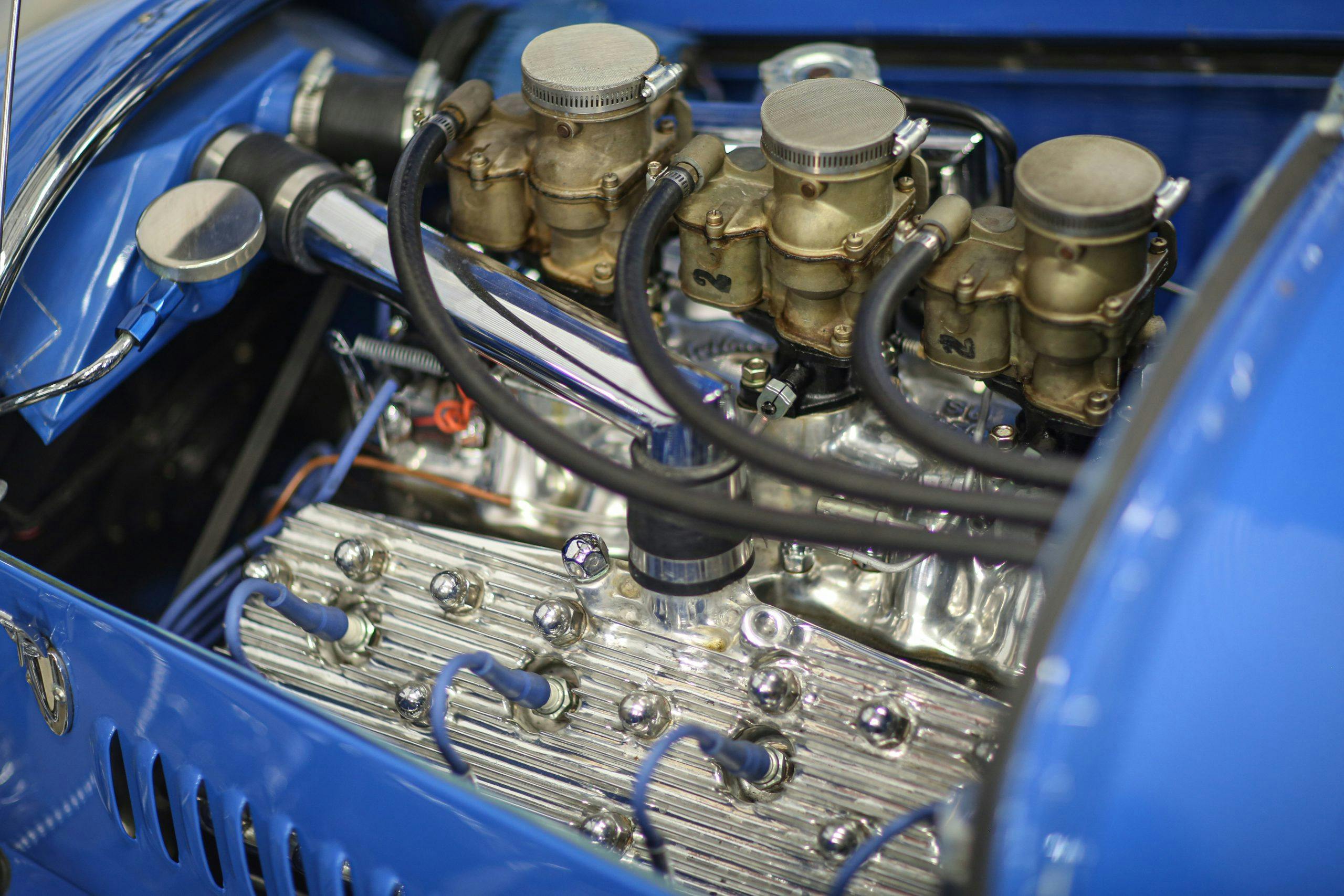
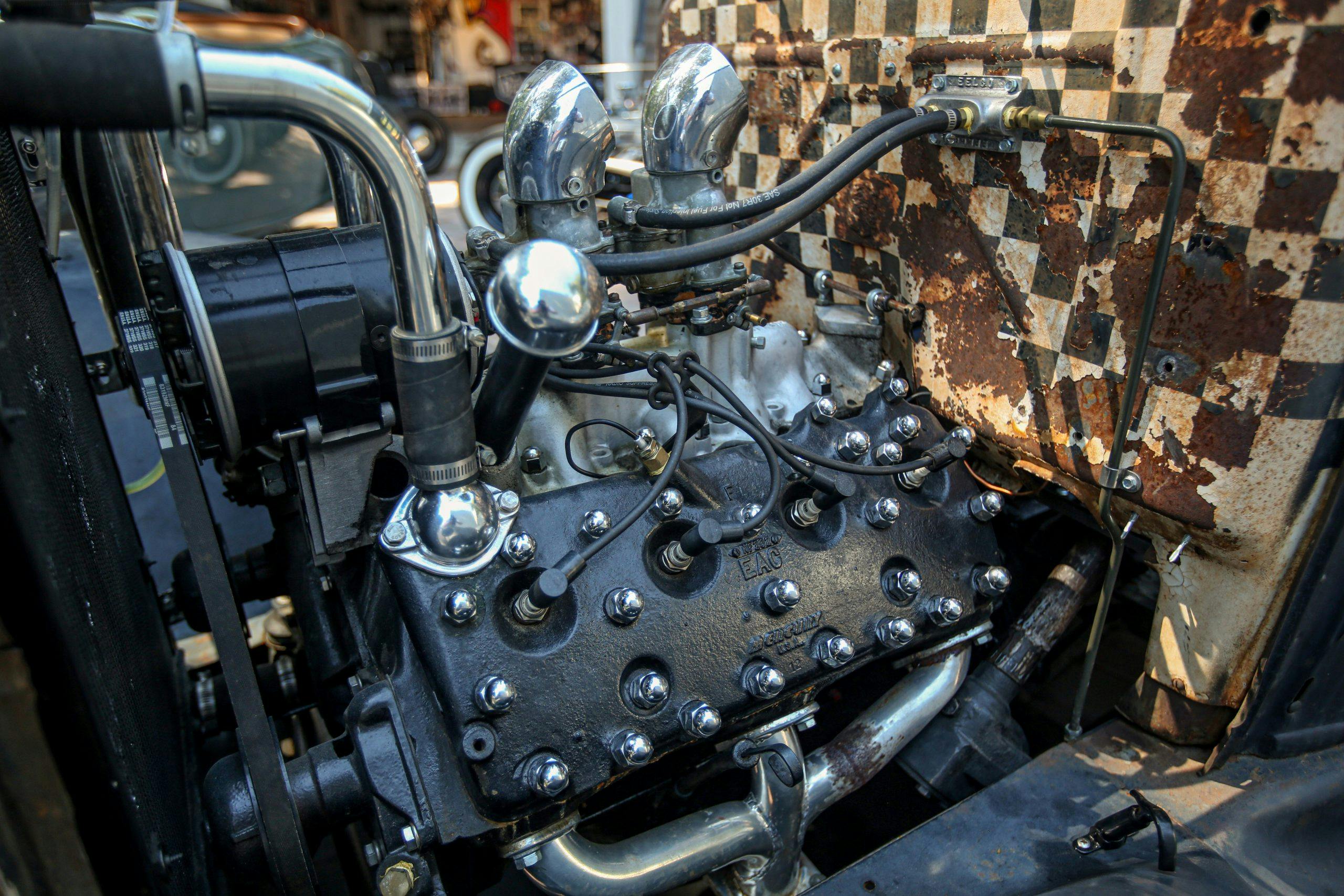
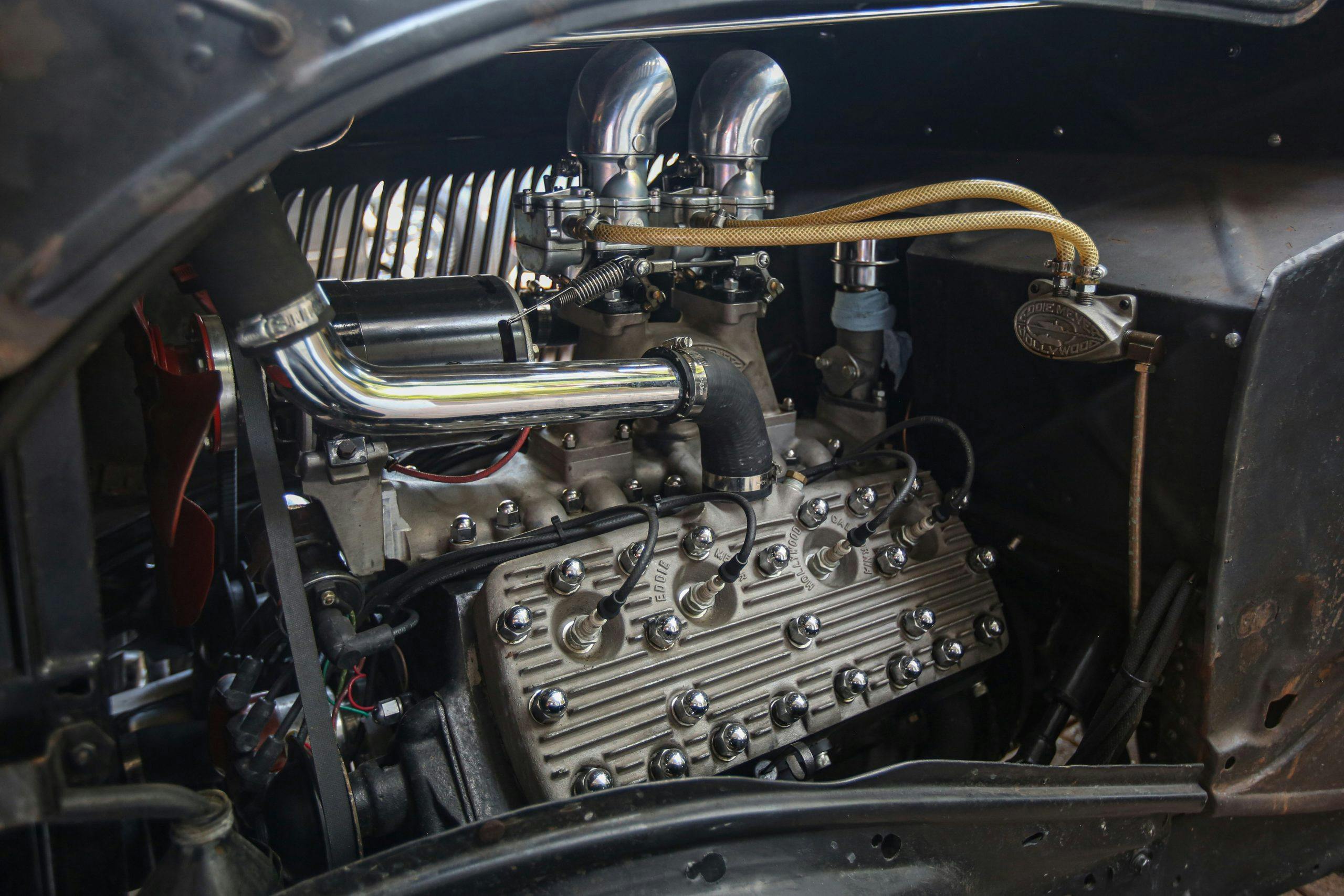
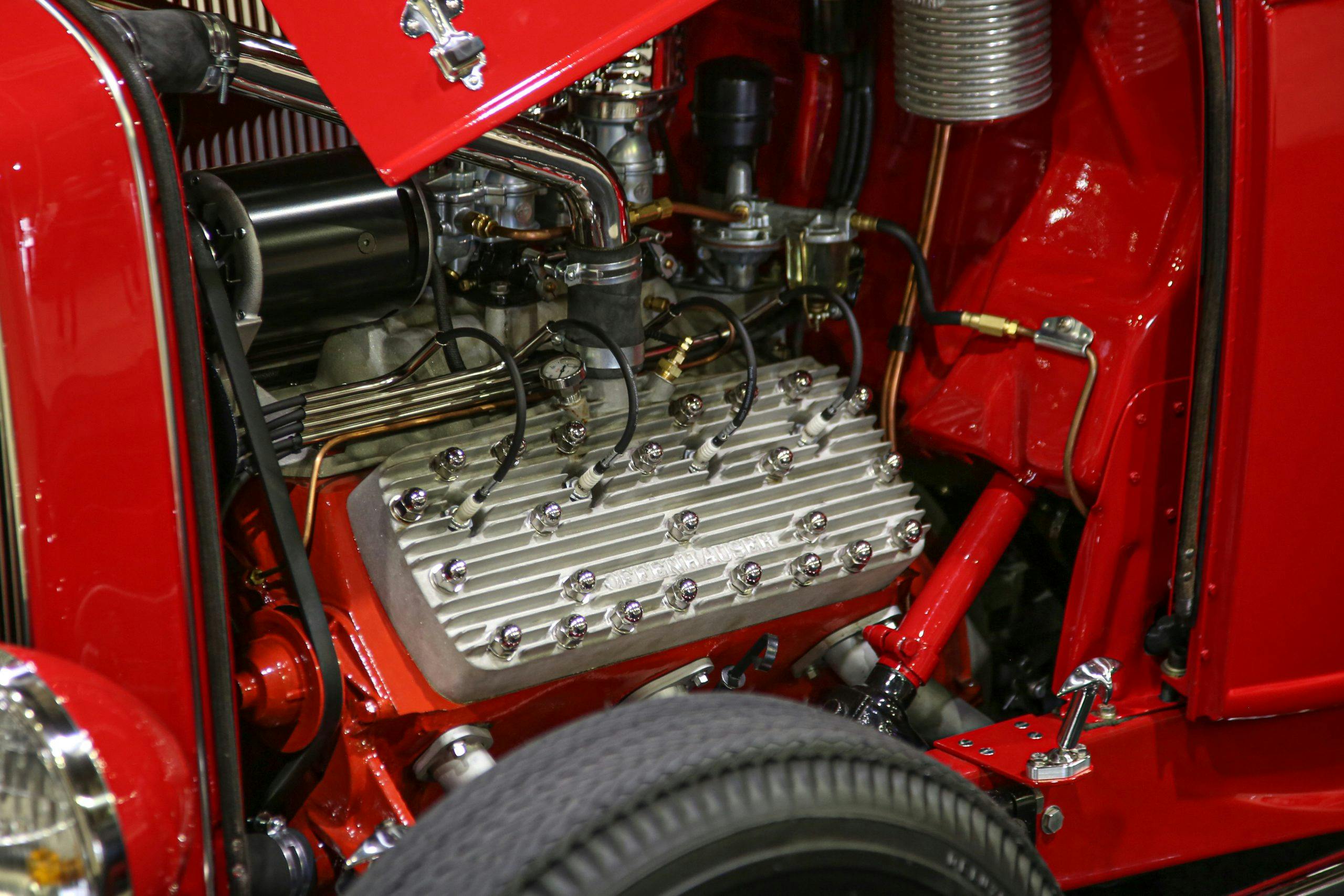
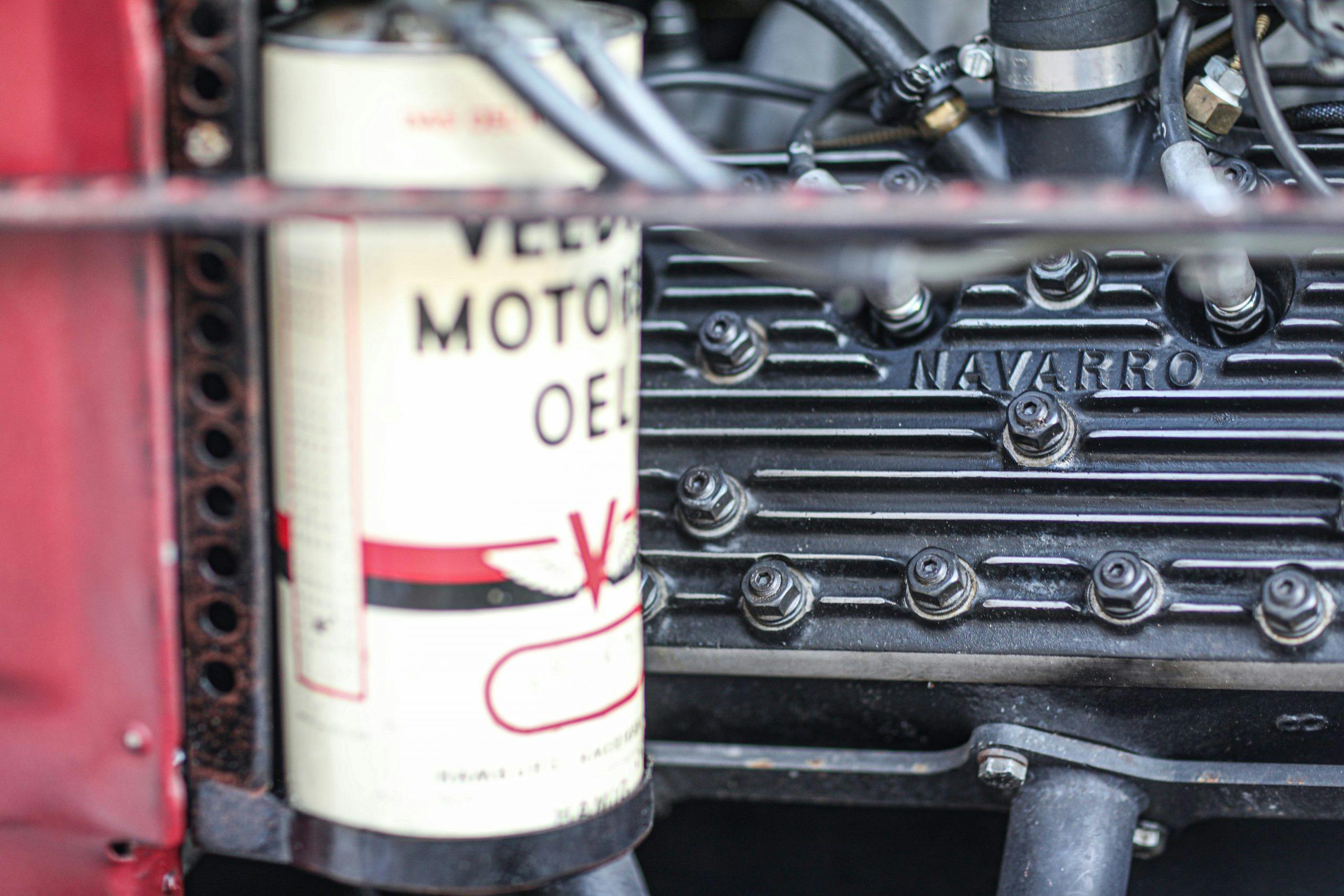




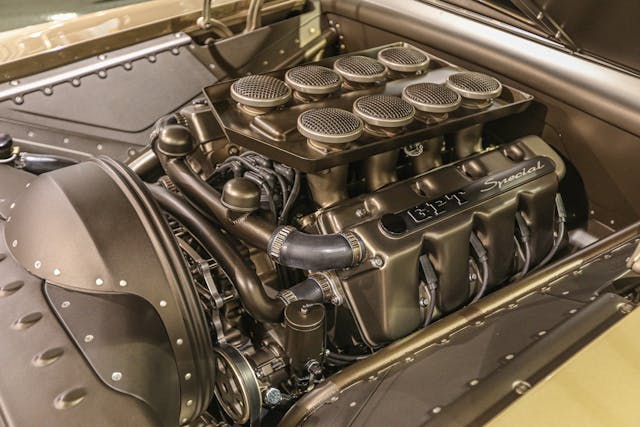

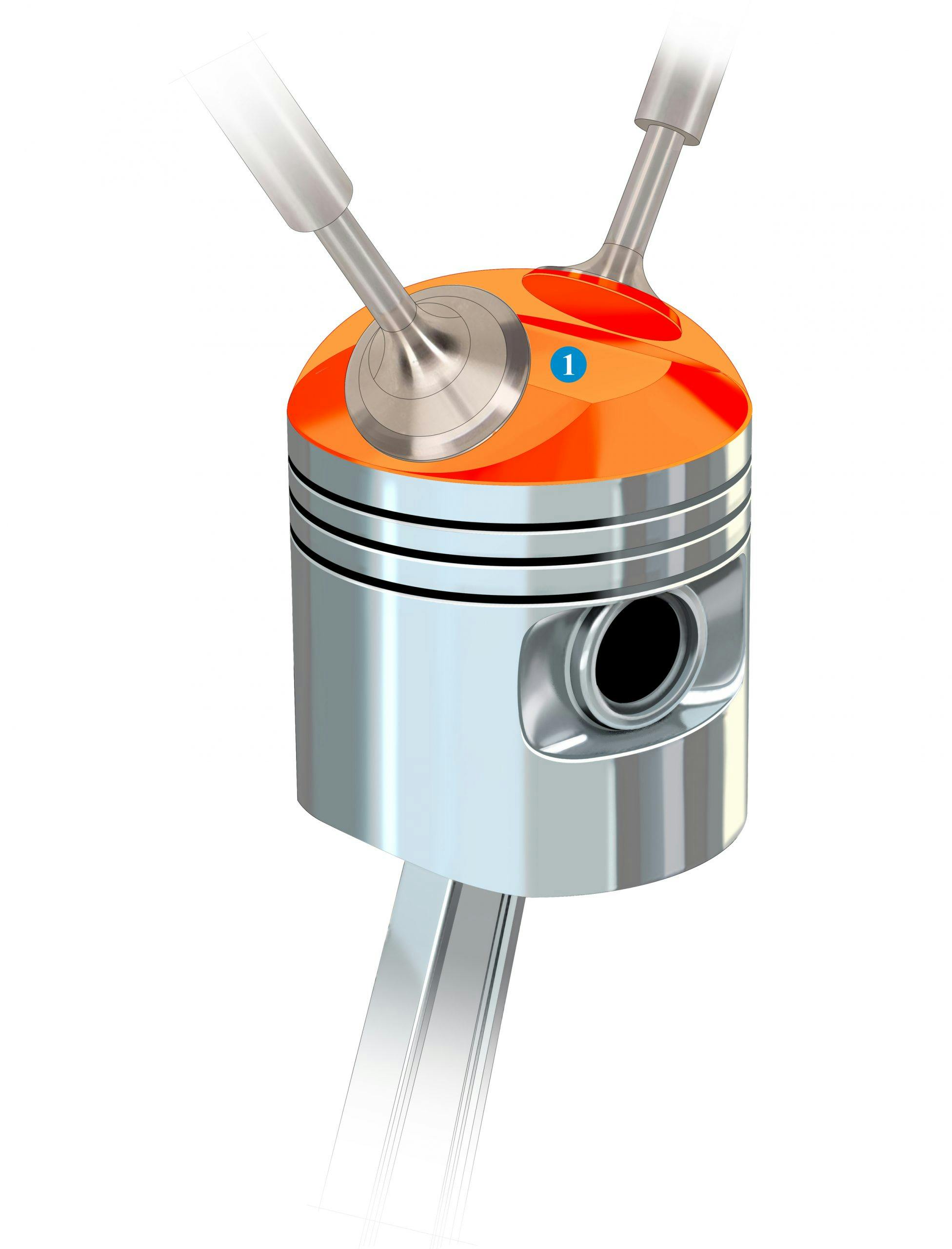




















Definitely the Flathead. Although the generator was a problem because it would overheat due to its location on top of the engine. Also Vapor locks were common when the pushrod wore down and didn’t have a full stroke. The engine was very strong especially the Mercury’s. Flatheads served the military vehicles very well during WWII. Ford should be proud!!
Ford big blocks were numerous in the 50,s and 60’s. I remember a 272, 292, 312, 383, 410 and 430 Cubic inch.
Top end Mercs and Edsels used the largest ones.
I have a 2 door 70 LTD with a 429 police interceptor motor. Muscle car fun without the big price tag.
OK, where is the SD (534)? Worked well for Ford for years in trucks, interesting engine, really quite simple in a few ways. Although, the story I heard is that the Cat 1160 and subsequent 3208 came into being when Ford approached Cat the “dieselize” the 534 – Cat looked at it, and said “naw, we’ll start from scratch, thanks”
There’s nothing quite like the 289 K motor in a light car like a 65/66 Mustang/Falcon/Comet. Solid lifter goodness. Particularly fun when Shelby slapped an aluminum intake, headers and 715cfm carb and put it in the GT350 65/66 (he should have stuck with the Toploader over the Borg-Warner though).
Three letters. DFV.
Good read, with some minor typos, but a fun read. I am an FE and Y Block fan. My Dad raced a ’56 Victoria at Englewood speedway in the 1970’s and though Chevrolet cars were allowed to run 327’s and 350’s, the low-end torque of the Y Block was king of the track!! Timmy McMaster (know and Y-Block Guy) is a master also of these engines and races at Bonneville, on the dragstrip and at El Mirage with Y -Blocks he has built.
Only ford engines where the old school flathead, police interceptor 312 , and the wonderful 289 and of course the high performance 289
I have had a K-motor in my 3WD Deuce coupe since the early ’70s. I can run with the best of them on I-5 in California. Yeah, L. A. / SF Bay area – back and forth numerous times.
3WD?
3 wheel drive?
No shoutout in the Modular section for the second gen Lightning’s supercharged 5.4L V8? For shame. My ’01 Lightning with some minor bolt-ons and a retune is cranking out 530 horses at the rear wheels. It was Ford’s first modern, mass produced supercharged engine, debuting in the Lightning a few years before the Cobra got the 32V supercharged 4.6L. Without Coletti and the SVT crew’s work on the Lightning’s powerplant, there would be no Voodoo engine today. That entire crew literally slapped Ford around after years of boring malaise and screamed “We can make performance engines, stupid!”
I had a ’95 Mustang GT with the 302. It made all of 210HP at the flywheel from the factory. Although fun to drive, it was a wheezing go-kart compared to the Lightning and the Cobra just a few years after it.
I drove a 1963 Ford Galaxy (in 1963) E/W a 406/406 tripower. It was a torque monster! I have not been a Ford person. But driving that 406 will always be a fond memory.
I loved the 390 cid in my 62 Tbird. Went like stink and had torque too. Even though well after 100,000 miles it was burning a quart of oil for every two tanks of gas it never failed me. But, I did get used to changing the regulator and starter often. 😋
I just drove a 64 t-bird from NJ to California and back to NJ . My 390 ate a quart a Rotella ever other gas stop.
The issues I have with the 390 (beside the fuel mileage) Cracked ex manifolds, and the push rods going through the intake manifold design. Otherwise, a great runner.
Bob R. The K motor. 289/271hp. Still does it for me. my 1990 also works. Love small blocks.
I bought a brand new ‘65 Mustang 2&2 with a 289 4 speed. I drove the hell out of that car and it never once let me down. I’ve had a lot of gear head cars over the years but that combination was the best of all worlds. It is still my favorite from a very long list of iron. 289 forever.
Back in the late 50s/early 60s during my college days I had a 1952 MG TD with a Ford 60 flat head in it. It was well warmed over with 0.100 over bore, Isky 3/4 cam, Edelbrock high rise intake with dual Stromberg 97s, aluminum heads and custom headers. From the outside the car looked fairly stock. It was fun to surprise a lot of Austin Healy drivers if they didn’t pay attention to the V8 rumble when the light turned green.
If you’re going to talk about the FE you need to mention the 428 Cobra Jet as it brought Ford Performance to the masses. Excellent street performer and at the drag strip.